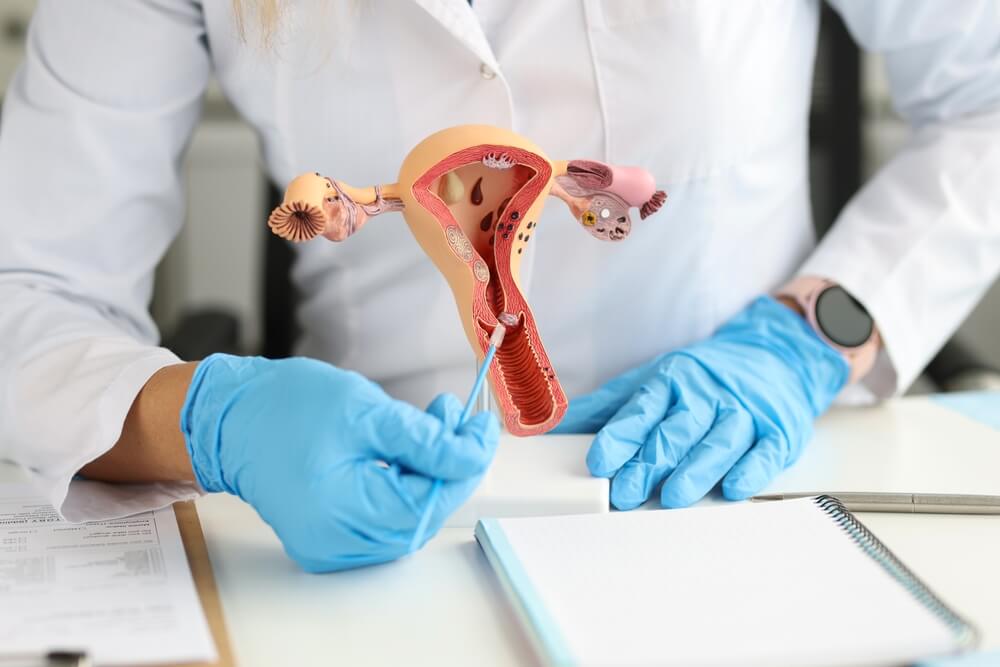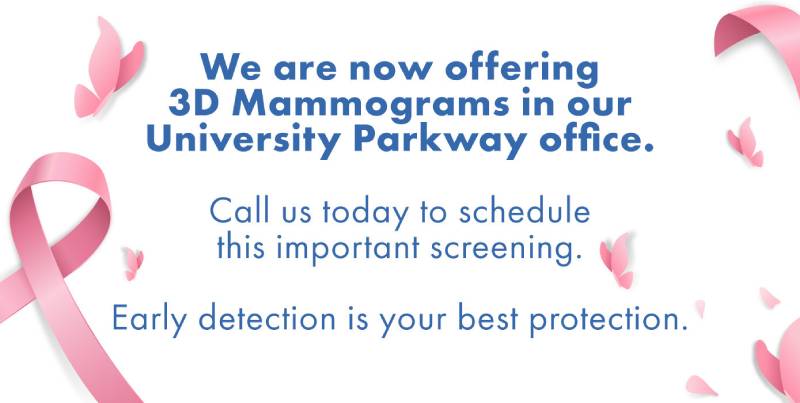Fibroids are noncancerous growths that typically grow in the uterine wall. They are fairly common, but not everyone with uterine fibroids experiences the same symptoms. Usually, fibroids remain really small, but they sometimes can grow up to a size of a grapefruit. When there are no symptoms whatsoever, there’s no need to receive any kind of treatment or go through fibroid removal. However, in some cases of fibroid growths, women experience heavy menstrual bleeding, abdominal pain, painful sexual intercourse, bloating, and frequent need to urinate, among other things. When fibroid symptoms are this severe and affect the woman’s quality of life, fibroid removal surgery might be necessary. Feel free to contact us to learn more about available fibroid treatment in Sarasota, FL. And for more info on different types of fibroid surgery, keep reading.
Myomectomy
A surgical procedure to remove fibroids, myomectomy, may also involve the removal of other tissue depending on where the fibroids are located. There are also different techniques when myomectomy is concerned.
The traditional myomectomy is known to be rather invasive since it involves making a rather large incision, often all the way from the belly button to the bikini line. The cut can also be made horizontally along the bikini line. It’s possible to perform laparoscopic surgery requiring a smaller incision, but this kind of fibroid removal procedure also requires more skill.
In general, myomectomy doesn’t damage the uterus, which means that conception should be possible. However, it’s important to discuss potential fibroids surgery risks in this case, as there may be potential future pregnancy complications, such as having only the option of a C-section delivery. What’s more, myomectomy is not considered an ideal fibroid removal surgery for everyone as it’s possible to get new fibroid growths afterward.
Radiofrequency Ablation Procedure

Radiofrequency ablation is a fibroid surgery that requires only a small incision and effectively destroys fibroid growths by using ultrasound, cold therapy, a laser, or an electric current. In general, this may be a less invasive option for people who may need a hysterectomy (complete uterus removal). But, in terms of fibroids surgery risks, radiofrequency ablation is not recommended for people looking to get pregnant in the future as it can cause many pregnancy complications.
Endometrial Ablation
Endometrial ablation is not a procedure to remove fibroids per se, but one used to relieve abnormal bleeding. This procedure destroys the uterine lining by using various techniques such as lasers, freezing, heat, wire, or electrical current. In general, endometrial ablation is considered a less invasive option than some other procedures for reducing heavy bleeding, and it can even be performed on an outpatient basis. However, it’s not a good option for women who’d like to have children in the future.
Fibroid or Artery Embolization
In the case of this particular fibroid surgery, the blood supply to the fibroids is disrupted. Essentially, the doctor inserts a tube into the blood vessels that provide the blood to the fibroids and then uses that tube to further inject certain particles that stop the blood flow. This, in turn, effectively shrinks the fibroids.
In general, fibroid embolization is not too invasive, as it can be done both inpatient and outpatient, and the recovery process is relatively smooth. What’s more, fibroids shouldn’t grow back after this procedure. But, not much is known in terms of fibroids surgery risks when future pregnancy is concerned, which is why doctors don’t tend to recommend fibroid embolization to women who’d like to get pregnant later on.
Magnetic Resonance-Guided Focused Ultrasound Surgery
As the name suggests, magnetic resonance-guided focused ultrasound (MRgFUS) is a procedure to remove fibroids with ultrasound heat. In order to check whether a person is a good candidate for this particular fibroid removal surgery, the doctor has to perform an MRI scan and inspect the fibroids. Namely, if the fibroid growths are too big or located too close to the tissue or bone, MRgFUS is not recommended. Otherwise, this is an effective solution for targeting individual fibroids without actually damaging the surrounding tissue.
That said, MRgFUS is a good solution for women who’d like to get pregnant in the future as it doesn’t damage the uterus.
Hysterectomy

A hysterectomy is a surgical procedure that completely removes the uterus and even ovaries in some cases. In that sense, it involves complete fibroid removal as well. It’s possible to keep the ovaries intact and only remove the womb, so there’s still a continuous production of estrogen. Obviously, hysterectomy can’t be a good option for those women who would like to have kids in the future.
There are several options in terms of different hysterectomy methods as well. For instance, laparoscopic hysterectomy involves several smaller incisions with the use of a tiny camera to see the abdomen. On the other hand, an open hysterectomy involves one large incision that typically stretches from the belly button to the bikini line.
There’s also the option of a vaginal hysterectomy, where the uterus is removed through the vagina. While this is a preferred method for most people, it may not be possible in case the uterus cannot fit through the vagina.
Hysterectomy, and especially open hysterectomy, has a longer recovery period. This particular procedure is only suggested in extreme cases where women have very serious health issues such as some types of cancer, endometriosis, or extremely large fibroids that considerably impede their quality of life.
Morcellation
Morcellation is a procedure that can minimize the fibroid size so that it’s easier to remove them through a smaller incision. This particular procedure can be used during other fibroid removal surgeries such as myomectomy or hysterectomy.
Still, it’s important to note that morcellation carries some health risks. For instance, women with noncancerous fibroid growths still have a higher risk of developing uterine cancer after undergoing fibroid removal surgery. What’s more, some types of cancer resemble fibroids, making it challenging to tell them apart. In that respect, there’s a risk of morcellation procedure spreading the cancerous tissue that only looks like a fibroid.
If you have asymptomatic fibroids, there’s no need to treat them whatsoever. And if the symptoms are relatively mild, they can often be managed with birth control pills, pain relievers, etc. Surgical procedures for fibroid removal are only recommended when the symptoms are otherwise unmanageable and make one’s life extremely difficult. Make sure to thoroughly discuss the risks and benefits of every type of fibroid surgery with your doctor before making a final decision. That said, you can always get in touch with us at University Park OBGYN, where you can count on top-notch medical service and the latest techniques that will ensure your peak gynecological health. We pride ourselves on making a woman’s life easier and more enjoyable at every stage, from adolescence to menopause.


